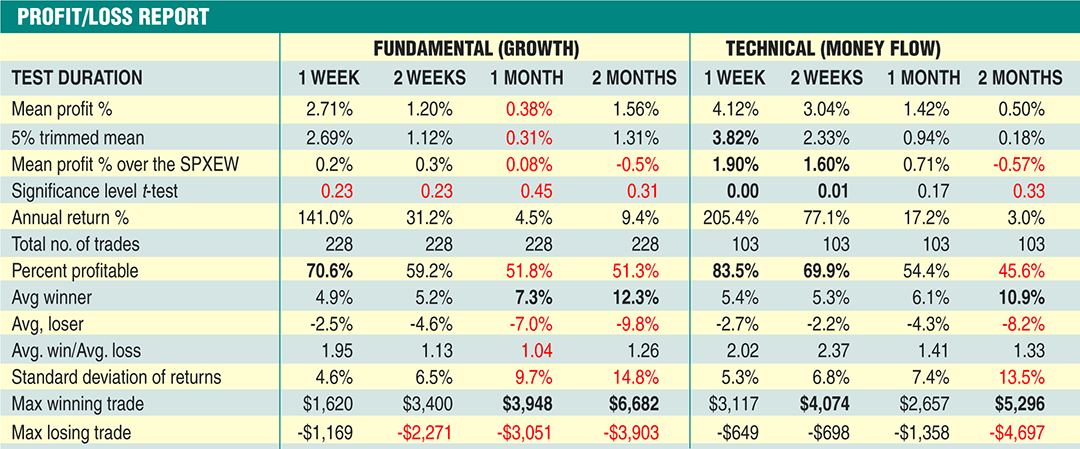INDICATORS
An Unlikely Marriage
Fundamental, Technical, Or Both
by Markos Katsanos
Forecasting models tend to rely either on fundamental or technical analysis to select stocks. Is one superior to the other? Find out here.
Fundamental and technical analysis methods offer radically different approaches to market forecasting. Although they both observe equities, fundamental analysts study underlying factors driving the market, while technical analysts focus on the market itself.
The fundamental approach can’t be used for short-term trading because it lacks a timing factor. No matter how good your fundamental model is, it won’t tell you when to buy or sell. You will still need something to help you time your entries & exits.
It is no coincidence that most fund managers fail to beat their benchmark index. According to data from Standard & Poor’s (S&P) annual fund performance scorecard, about 84% of US actively managed stock funds in 2011 and 66% in 2012 underperformed the S&P indexes representing the market segment they invest in. Interestingly, as time periods get longer, more funds underperform.
Why have the professional money managers done so poorly? While a few successful fund managers — including George Soros’ Quantum hedge fund — have started using technical analysis (according to The Economist), many fund managers still rely on fundamental analysis for their stock picking. This also implies something for our technical trading systems. Since trading is a zero-sum game, the various funds that lose money must be supplying an inexhaustible supply of profits to anyone who uses a different or opposite approach to their system.
According to my personal research in designing and backtesting technical systems and other ideas, I have come to the conclusion that a transaction timing model based on technical conditions can consistently outperform any passive investment scheme. I haven’t, however, seen any backtesting performance data on systems using fundamental criteria. This led me to design such a system, backtest it, and compare the results to a technical system. I am also going to investigate the viability of combining both approaches in a hybrid system.
THE TEST METHOD
Very few software packages can scan the market using both technical and fundamental criteria simultaneously. Of the ones that can, the most popular are TradeStation and Worden’s TC2000. For this test, I used TC2000 to design and compare the performance of a fundamental, technical, and hybrid system.

FIGURE 1: SYSTEM PERFORMANCE IN PERCENTAGE TERMS. The fundamental system did not perform any better than the overall market. Its risk profile was also poor. Only the one-week and two-week returns of the technical system were significantly better (significance <0.05) than for the S&P equal-weighted index (SPXEW).
Excerpted from an article originally published in the December
2013 issue of Technical Analysis of Stocks & Commodities magazine. All rights reserved. © Copyright 2013, Technical Analysis, Inc.
Return to Contents
